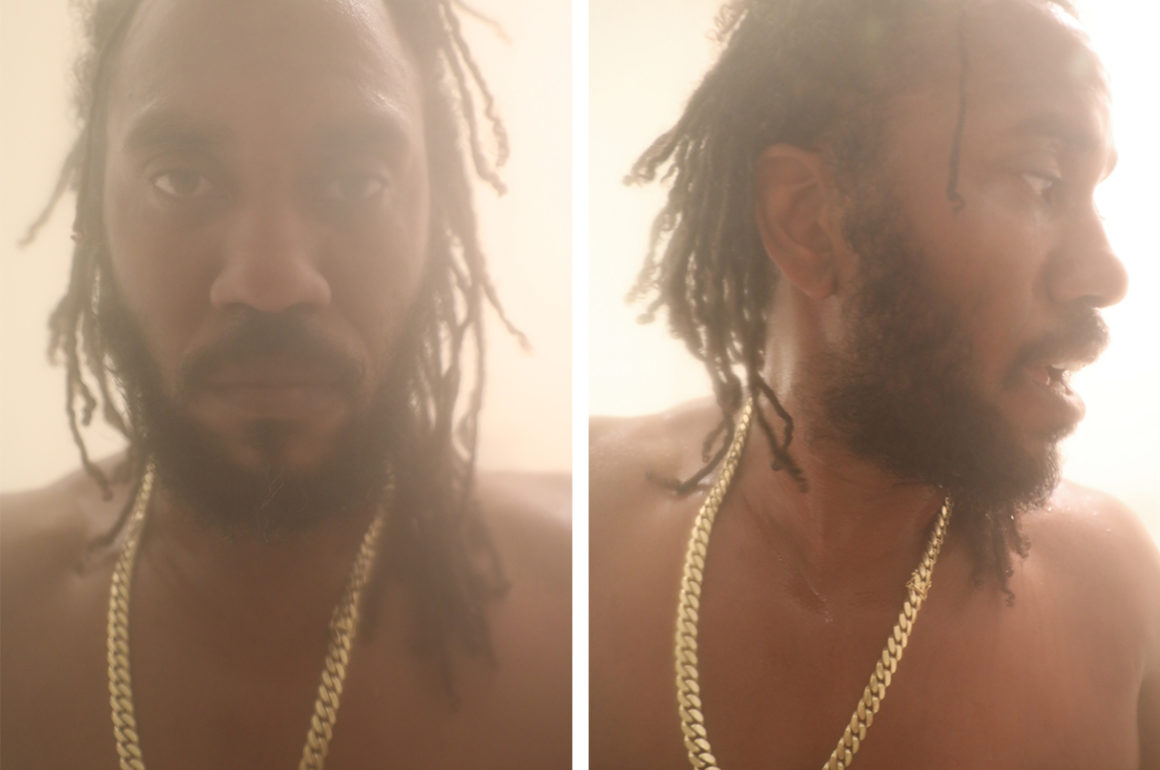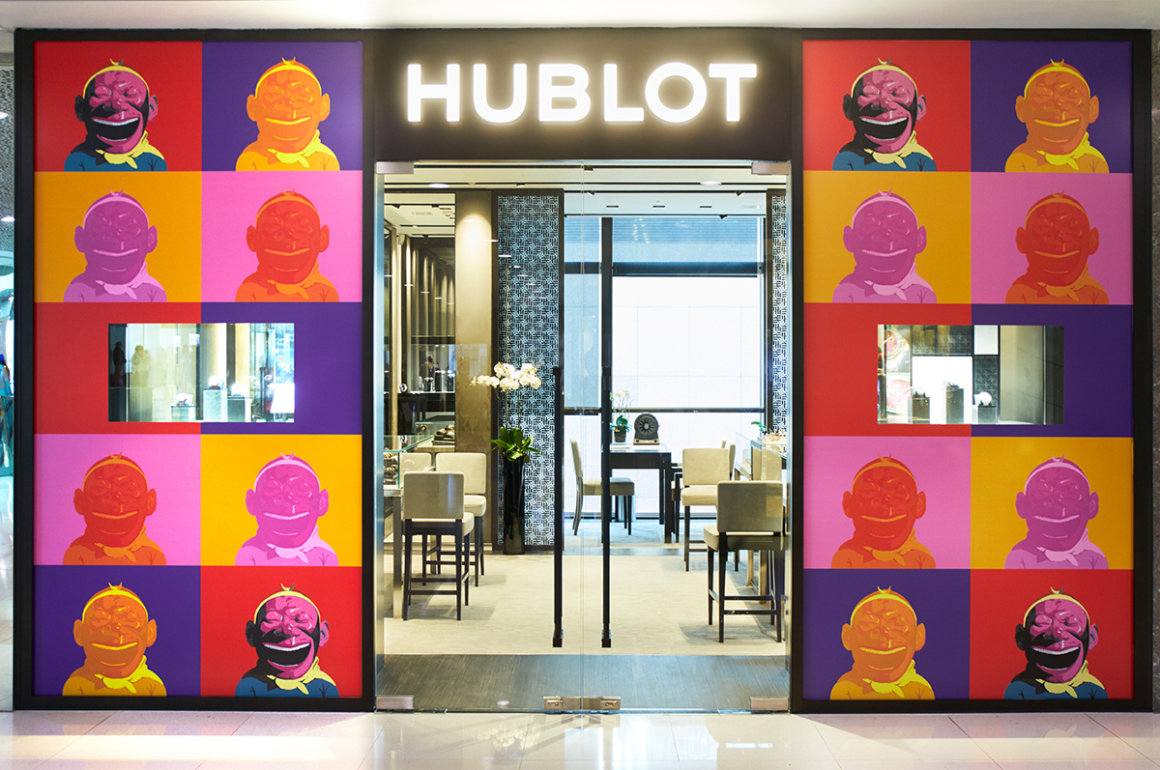
X Museum. Image courtesy X Museum and Weiqi Jin
Michael Xufu Huang is the co-founder of X Museum, a platform for cultivating talents and supporting young and mid-career artists within a global context.Here he speaks to LUX Contributing Editor, Samantha Welsh, about making art more accessible in China and the impact it has on the next generation

Michael Xufu Huang. Image courtesy X Museum
LUX: Londoner, Beijinger, New Yorker, where is ‘home’?
Michael Xufu Huang: Home is Beijing now. I went to middle school in England (Dulwich College) and university in the States (University of Pennsylvania), I spent a few years in New York. I do see myself as a world citizen. The global experience has influenced my vision to bring international artists to China and take Chinese talents to the world.
LUX: How has your international experience influenced your approach to build-up a cultural institution in China?
Michael Xufu Huang: When I lived abroad, I saw how other international institutions’ approach organising their exhibition programmes and fundraising. Places like New Museum and Palais de Tokyo gave me a lot of inspiration. You didn’t see institutions that focused on under-represented artists in China before I launched X Museum. For example, most Chinese museums rely on ticketing, which limits the options for exhibition programmes because museums often need to organize “blockbuster” exhibitions with well-known western names or Instagramable shows to generate enough income to cover their costs. A museum couldn’t provide the most forward-thinking platform to support artists if they needed to make money from the public as that would require following the public’s taste. My international experience has made me learn to step forward and introduce patrons’ networks and corporate sponsorships to X Museum. This allows the museum to explore more innovative programmes and give the lesser-known emerging artists a platform to shine.
Follow LUX on Instagram: luxthemagazine
LUX: Why were you drawn to collecting art?
Michael Xufu Huang: I guess it’s partially because of my horoscope sign! My sun sign is in Pieces, I‘ve been drawn to beautiful objects since I was young. Going to museums like Tate when I was doing A-levels really opened my eyes and helped me to discover interesting art beyond the aesthetic level. This has taken me on a new journey where the meaning behind an art piece also appeals to me. I like to gather things I love together, that’s probably the reason why I love collecting.

The Endless Garment, exhibition view. Image courtesy X Museum
LUX: What is so compelling for you to curate emerging young Chinese artists?
Michael Xufu Huang: I want my peers to have more visibility on the international stage. In the international art world, Chinese emerging artists don’t really receive equal attention. I hope to give them more opportunities to be shown internationally.
LUX: Thinking of how fashion, music, art converge and lead discourse eg Punk, or artist-designer crossovers eg Schiaparelli, McQueen, Abloh, how are you finding crossover with other cultural fields helps young artists push their talent and their message?
Michael Xufu Huang: I think to crossover with other cultural fields can help artists attract a new audience. In China, art is still considered to be niche. I feel I have the responsibility to make art accessible to a mass audience, especially the young generation. One way of doing this is to integrate art with mass culture. X museum not only provides artists opportunities through exhibition programmes, but also links them with creatives from other cultural fields. We also discover artists from other disciplines with mass influence and offer them opportunities to show their talents through a special programme called “X Invites”.
Last summer, we invited the multi-hyphenate public figure, Sida Jiang, to present his first solo show as an artist at X Museum. Jiang is a very popular actor/TV producer/TV host and director in China. Here at X museum, he “transformed” his role as an artist and presented installation, video, performance, and multi-media works. These works explored the boundaries between personal identity and public domain. Through his popularity and recognition in the mass cultural fields, his show brought a group of new audiences to X museum and inspired people who didn’t know much about art to explore more in this field.

Issy Wood: Good Clean Fun, exhibition view. Image courtesy X Museum
LUX: How do your crossover partnerships with luxury lifestyle brands amplify conversations for your generation?
Michael Xufu Huang: Fashion and art, they are both expression of taste. Through making art crossover with luxury lifestyle brands, people can see how complementary tastes collide. In today’s world, contemporary art is part of lifestyle. Through lifestyle crossover, we engage a wider audience and inspire more people to collect art. For example, those young people who collect luxury hip sneakers have a huge potential to turn into art collectors.
LUX: How does the X Museum programme respond to how millennials engage with social media?
Michael Xufu Huang: If we have influencers come to the museum show, they take photos of the exhibition and post on their social media. That could organically bring more followers to our museum and give people access to art. For each exhibition, our PR team not only allocates budget to traditional press, but also budgets for influencers. We have different social media strategies to engage more people online and offline.
LUX: Are artists also digital disruptors?
Michael Xufu Huang: For instance, X Museum’s website developer is also an artist. Our website is a naked-eye 3D experience that not only supplements our exhibition but allows audiences to engage for longer with each artwork through its interactive feature. People love to absorb information in a gamification way.
LUX: Is globalisation going to change how the next generation supports the arts?
Michael Xufu Huang: In China, people are having more opportunities to see western art now. People have more opportunity to understand how the art world operates. Now younger artists can start working in a global context. Many talents studied abroad and come back to China to contribute to society. They build up global contacts rather than local contacts. They can create works to international standards.

Collection as Poem in the Age of Ephemerality, exhibition view. Image courtesy X Museum
LUX: What is the art philanthropy vision behind X Museum?
Michael Xufu Huang: We want to bring art to a broader public. We also have a social responsibility to support people who don’t usually get access to art. We have helped people who are in need, such as donating masks during the outbreak of covid and after lockdown offering people working in the medical services free access to our museum shows. Philanthropy is not only about donating money, but also nurturing artists and young collectors. It’s about inspiring them to do something innovative and beyond, and you could say it’s philanthropical when they achieve success.
LUX: In this connection, what is ‘Form the new Norm’?
Michael Xufu Huang: I think form the new norm is an attitude towards life. It is so easy to follow but I think if one really wants to be remembered, one should be brave to find ones own path and attributes that help to distinguish oneself from others. And I guess for us it really applies to our architecture, wall design, light design, website design and artists, and so on..
Read more: Patrick Sun on Promoting LGBTQ+ Art in Asia
LUX: What is the X Museum ecosystem and how is that expressed through an immersive experience?
Michael Xufu Huang: X museum always values the symbiotic relationship between art and technology. We launched X Virtual Museum to the public officially in 2020. This X Virtual Museum continuously renews and regenerates as our museum exhibition changes. It’s not like other online exhibitions which just show digital artworks. X Virtual Museum is not an online copy of the physical museum. Nor is it a simple documentation and archive of the exhibitions. Rather, it is an extension of the physical space and museum programmes. It is intended to accentuate the differences between the physical and the virtual and offers a game-like, treasure hunting experience. Many “components” found in the X Virtual Museum are extracted from the museum architecture and structure.

X Museum. Image courtesy X Museum and Weiqi Jin
LUX: How did you interact with your community during covid lockdown?
Michael Xufu Huang: I think firstly our website was designed to be a naked-eye 3D experience that really attracts users internationally to view our exhibitions online. And we organized mask donation to the hospitals in Wuhan. And after the lockdown we provided free entrance for medical workers and provided free covid-19 insurance.
LUX: And what are you particularly looking forward to presenting this year?
Michael Xufu Huang: I’m looking forward to all our upcoming exhibitions. But there are a few major collaboration projects coming up which I’m very excited about. They are different than regular exhibitions, as these yet to be announced collaborations really let us curate in a broader context and can highlight our creativity and innovation.
For example, we will launch the Polestar Art Car in late 2022. It’s a unique and continuous programme set to make exciting creations that will change the world’s engagement with and interpretation of art and design in automobiles. We will invite the most innovative artists to transform the car in 3D and not only 2D format.
Michael Xufu Huang is the co-founder of X Museum




















 HÔTEL DE CRILLON, A ROSEWOOD HOTEL
HÔTEL DE CRILLON, A ROSEWOOD HOTEL








Recent Comments